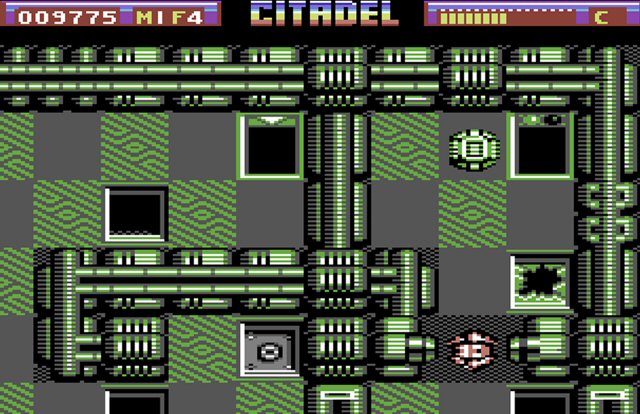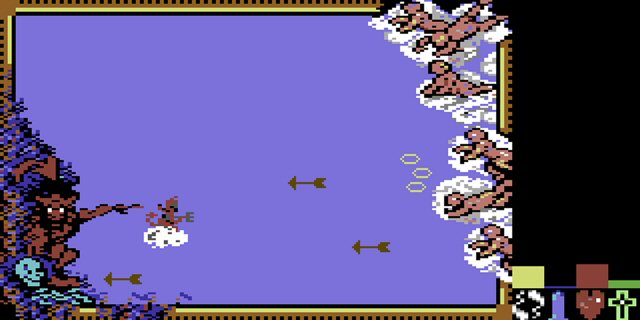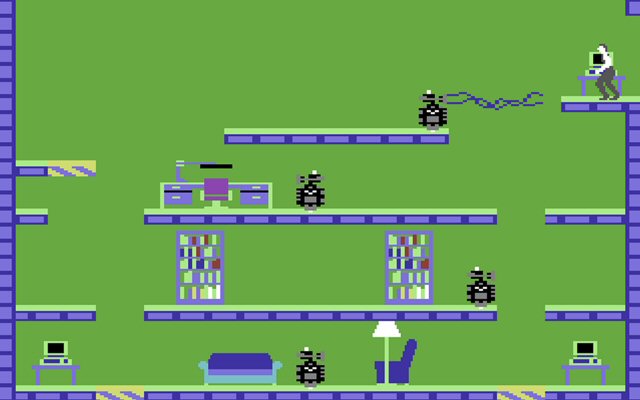Not too long ago, it was put to me that it might be a good idea to have lists of my top ten games on various systems on the website. That way, people would gain a bit more insight into the kind of gamer I am and maybe of whether I'm even qualified to be embarking on something of this nature.
I thought that was a good idea, but rather than add lists I thought I'd at least give the games the respect they deserve in the form of write-ups. It's taken longer than I would have liked, but I'm adding my first top tens to the website now.
It
must be stressed that these are just my favourite ten games, in
alphabetical order, as they stand at the moment. If you're anything
like me, these lists can change at any point in time. For that reason,
I've added some games that just failed to make it at the end of the last
post in every list. They may yet change on here over time... and I
might beef up the text of those that are already here (some feel a bit
rushed).
With that all said, here are my top ten games for the Commodore 64. Please feel free to comment on any or all of them.





















